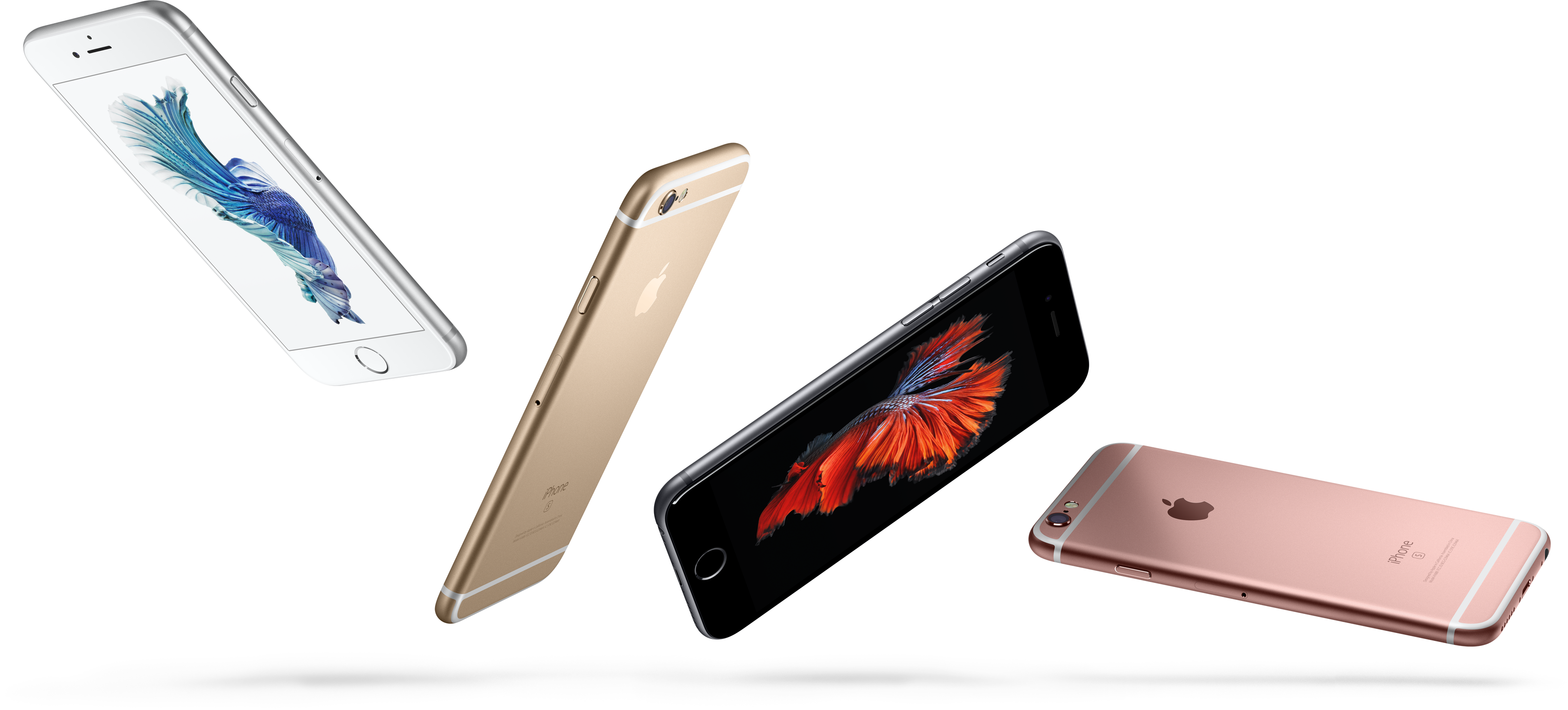
Facedown detection stands as one of the underrated features in iOS 9’s rich arsenal of power-saving tactics designed to help extend your run time by up to an additional hour.
Facedown detection avoids turning the display on when a notification comes in and your phone is put facedown. But as it turns out, Facedown detection doesn’t work on all devices compatible with iOS 9 and there is a good explanation for that why.
Gautam Prabhu explains that Facedown requires the M7, M8 or M9 motion co-processors which are found inside the following iOS devices:
- M7— iPhone 5s, iPad Air, iPad mini 2 and iPad mini 3
- M8— iPhone 6, iPhone 6 Plus, iPad Air 2 and iPad mini 4
- M9— iPhone 6s, iPhone 6s Plus and iPad Pro
In addition to a motion co-processor, Facedown detection requires the proximity and ambient light sensors, too.
“Thanks to ambient light and proximity sensors, your iPhone knows if it’s facedown on the table and prevents the screen from turning on, even when you receive a notification,” confirms the iPhone 6s webpage.
Due to these requirements, Facedown is not supported on the following devices:
- iPhone 4s and iPhone 5—Apple’s motion coprocessor was first introduced with the iPhone 5s and is unavailable in prior iPhone models.
- iPads—Although some iPad models like the iPad Airs, the iPad mini 3 and 4 and the iPad Pro come outfitted with the motion coprocessor, Facedown detection cannot be supported on these devices as they don’t come with proximity sensors.
- iPod touches—Although the sixth-generation iPod touch now includes the M8 motion coprocessor, it lacks both the ambient light and proximity sensors so Facedown detection cannot be realized in a power-efficient manner.
About motion co-processors
Apple’s motion co-processors were designed to calibrate and poll integrated accelerometer, gyroscope, proximity and compass sensors without waking up the power-hungry main central processing unit (CPU).
Beginning with the iPhone 6s and iPad Air, Apple’s motion coprocessor is now integrated within the main A9/A9X chip rather than being a separate module. In addition, it’s always on which makes possible untethered ‘Hey Siri’ functionality on these devices.
How iOS 9 saves your battery
iOS 9 employs several energy-saving techniques to extend your run time by up to an hour. In addition to core OS optimizations designed to trim battery use whenever possible, iOS 9 cuts the display power and mutes Lock screen notification alerts when your device is facedown on the table.
But that’s not all: other power-saving tactics include a new Low Power Mode which gives you up to three hours of additional run time and more granular battery-related options in the Settings app.
Are you excited about Facedown detection?